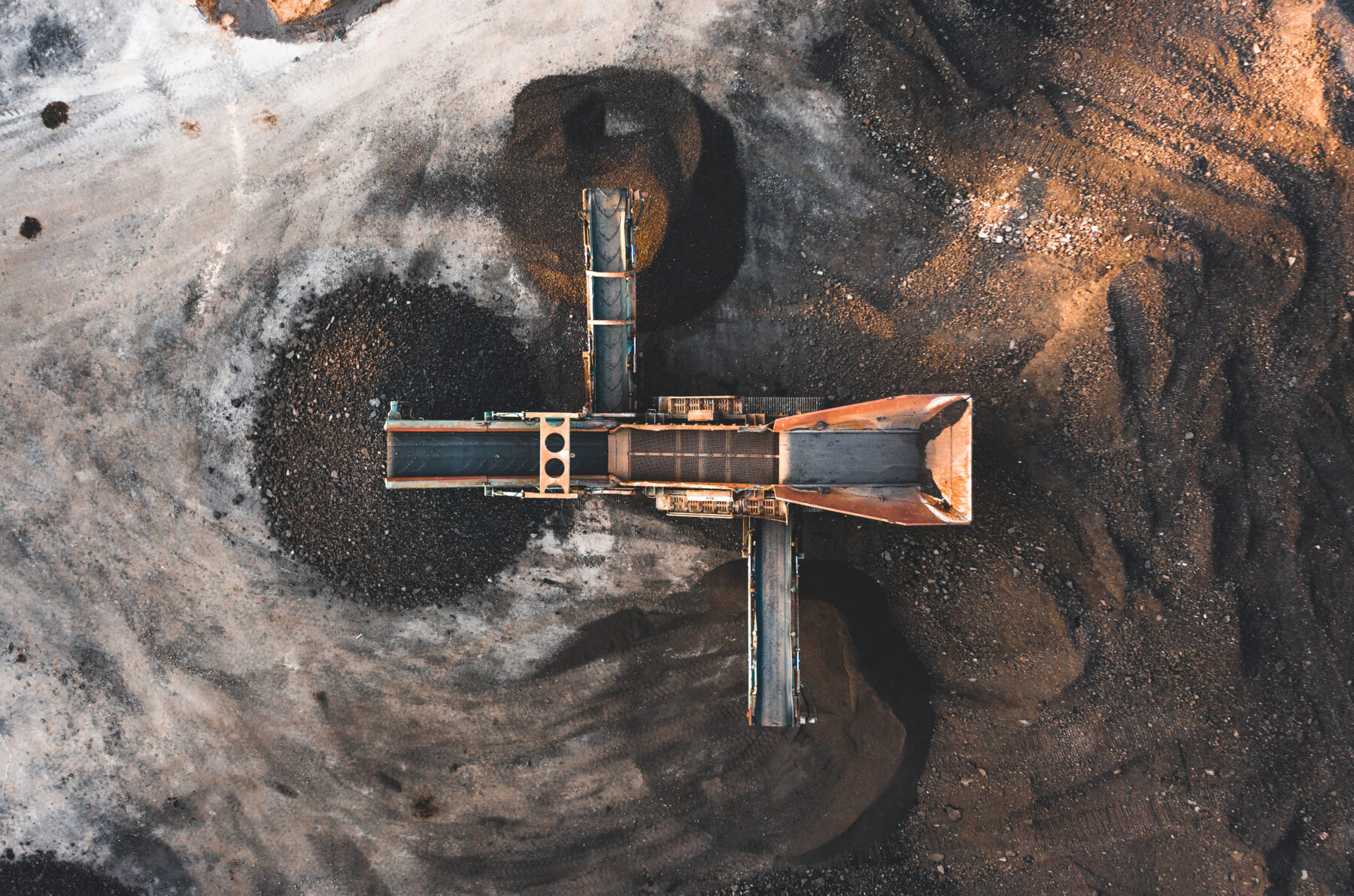Aggregate Screening Technology: Modern Quality Control
January 16, 2025

Demand for precise and efficient aggregate screening technology has never been greater in the fast-changing mining and construction industries. Modern screening systems are not only important for maintaining product quality but also help to improve operational efficiency and support sustainability goals. These solutions open the path for strong infrastructure projects by using sophisticated procedures and automation to satisfy rigorous standards.
Technology Development in Screening Systems
From labor-intensive tasks, aggregate screening has developed into sophisticated automated systems. Early innovations included simple mechanizing vibrating and rotational screens. Though they lacked the precision and adaptability needed for current needs, these first improvements raised the speed and accuracy of material separation.
A turning point came in the late 20th century arrival of digital controls and automation, which allowed real-time screening process optimization. Artificial intelligence and sensor technology today predict maintenance needs and reduce human error, improving screening performance. These developments offer consistency in overall quality, improving the structural integrity of construction projects.
The Mechanics of Modern Screening
Fundamentally, screening stratification separates materials by size. Particles sort themselves through vibrations where smaller particles pass through mesh openings. However, elements including material moisture, particle form, and equipment configuration affect efficiency. Advanced screening systems ensure optimal results by addressing these factors with customized screen media and configurable settings.
Different industrial needs are met by different kinds of screening equipment, such multi-deck screens for simultaneous separation into many size categories or grizzly screens for coarse pre-sorting. While dry screens are appropriate for arid circumstances, wet screening solutions, which employ water to help in separation, are particularly useful for sticky materials.
Automation and Artificial Intelligence for Screening
Combining artificial intelligence and automation into screening systems transforms overall processing. Automated systems handle difficult tasks such as altering vibration frequency and tracking equipment condition. Using predictive maintenance driven by artificial intelligence addresses possible issues before they start, reducing downtime. Real-time data analytics offered by these systems also help operators to optimize activities for optimal performance and minimal waste.
Apart from improving safety by lowering the necessity for human involvement, automation guarantees consistent product quality. Modern screening methods reduce operational costs and increase general production by following precise standards and reducing mistakes.
Environmental Impact and Sustainability
Screening improvements in technology reduce its environmental impact as the construction industry places greater priority to sustainability. While water recycling technologies solve contamination concerns related with wet screening, dust suppression systems and noise barriers help to reduce environmental disturbances. Furthermore, and in line with circular economy principles, the utilization of recycled aggregates lowers the need for virgin material extraction.
Complete reuse of construction waste is achievable by innovations in material recovery techniques, which helps to lower carbon emissions. By adopting such environmentally friendly policies, the entire industry supports worldwide initiatives that aim to slow down the pace of climate change.
Quality Control’s Contribution to Screening
Aggregate screening rests on quality control, which ensures materials satisfy strict industrial standards. Good screening techniques not only divide materials according to size but also remove pollutants, improving the durability and safety of the final product. Following these guidelines aids users to build confidence by lowering the possibility of project delays and expensive rework.
Maintaining constant material qualities including particle size distribution and strength helps quality control efforts support the long-term viability of construction efforts. By reducing waste and optimizing resource use, these methods also emphasize environmental responsibility.
Future Developments in Aggregate Screening
Screening technology’s future lies in ongoing innovation. Changes in artificial intelligence integration and equipment electrification are transforming this industry. Unprecedented control over screening operations made possible by digitalization lets organizations maximize procedures and react flexibly to changing situations. Sustainability is still a primary priority since new technologies improve resource economy and lower environmental impacts.
The function of aggregate screening technology will widen as demand for premium building materials increases. Embracing these developments helps the industry position itself for an age of environmental preservation, resilience, and efficiency.

